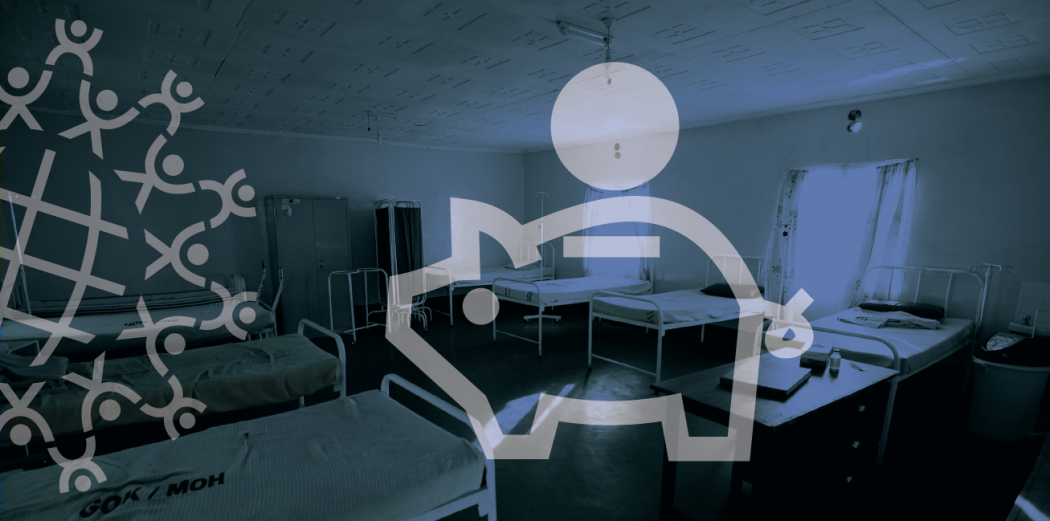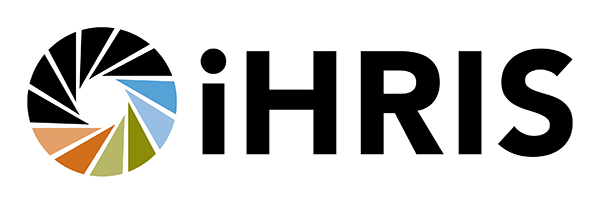Ghost Workers Aren’t Spooky—They’re Expensive

When a country uses the iHRIS software to manage their human resources for health, they sometimes get a bonus.
iHRIS can provide data connections that offer unexpected benefits for the managers and leaders of a health care system. Sometimes, just comparing data between iHRIS and another system can save money—a lot of money.
But it takes some detective work.
Oh, not the kind that involves trench coats and fedoras. The kind that takes patience and persistence. Like what the Ministry of Public Health just did in the Democratic Republic of the Congo (DRC) last year.
In the DRC, over half of health workers do not receive regular government pay of any kind.
The country implemented iHRIS Manage—with technical assistance from IntraHealth International, which developed the iHRIS software—in four of the country’s 26 provinces. But in two provinces, Kasaï Central and Kasaï, they did something extra. These provinces sit on the southern border with Angola and make up 10% of the DRC’s population of 80 million.
The Ministry of Public Health conducted a census of its health workers followed by an in-depth payroll analysis. To begin, they deployed six trained four-person teams of ministry and IntraHealth personnel that used a two-stage process to interview health workers in each health zone.
The first pass required each health worker to bring their credentials for identification, education, and employment. Those entries were immediately entered into the national iHRIS data system. In a second stage, the teams returned to each zone and repeated the process for those who missed the first session or needed to bring any document they had not provided earlier. An appeals panel heard the cases of health workers denied entry into the system due to paperwork issues or other irregularities.
The Ministry of Public Health then took this new data a step further. Through a complex set of steps, the teams were able to enter data and verify information of over 11,000 workers out of a total of 14,000 personnel records spread across iHRIS and the payroll system.
Why the difference? In part, ghosts!
During the data collection, the Ministry of Public Health noticed a problem and mobilized a special interministerial committee to match each entry with the government payroll records system. Led by the Ministry of Public Health, the effort required representatives from the Ministry of Finance and the Ministry of Public Service, along with technical support from IntraHealth, to combine and analyze the records. They used computer queries to compare iHRIS entries with payroll entries, matching names and other identifying data, sometimes even resorting to matching them manually.
Over 25% of salaried health workers in the payroll system were ghost workers.
But let’s halt our detective story for an important note. In the DRC, over half of health workers do not receive regular government pay of any kind, neither salaries nor risk allowances. Many people receive facility-generated user fees or other locally generated revenues. Part of the reason that these revenue sources exist is the lack of funding at the national level to support health workers’ salaries. Keep that in mind. Back to our story.
The analysis revealed that over 25% of salaried health workers in the payroll system were “ghost workers” who drew a salary but did not actually work, as were 42% of workers being compensated through risk allowances—781 of the former and 2,613 of the latter.
As a result, the Ministry of Public Health reallocated nearly US$2 million away from these ghost workers to cover the salaries and risk allowances for real health workers who had not previously received any civil service compensation. That was enough funding to cover every previously unsalaried worker in these two provinces.
The Ministry of Health recognized a problem and when armed with the data to fix it, took action that will have lasting and positive effects on the health system of the DRC.
While not very glamorous, this detective work helped strengthen the DRC health system by redirecting funds to the people who support its work, the health workers. And as a result, more DRC citizens will have access to the health care they need.
That’s the power of iHRIS, and the power of data.
Join us at the Global Digital Health Forum next month to learn more about iHRIS and IntraHealth’s digital health work around the world. More details on this work are also available in the latest issue of Health Policy and Planning and were presented last week at the Fourth Annual Global Forum on Human Resources for Health.
This post refers to the great work of my colleagues, Dr. Jean-Robert Likofata, IntraHealth’s senior human resources for health advisor and Pierre Kasongo, IntraHealth’s iHRIS manager in the Democratic Republic of the Congo. This work would not have been possible without the motivation and leadership of the Ministry of Public Health, Ministry of Finance, and Ministry of Public Service who joined forces to resolve this problem of ghost workers in the DRC. The funding for iHRIS in the DRC is supported by the DFID-funded project, Access to Primary Health Care, led by IMA World Health. IntraHealth developed iHRIS with funding from the US Agency for International Development.
